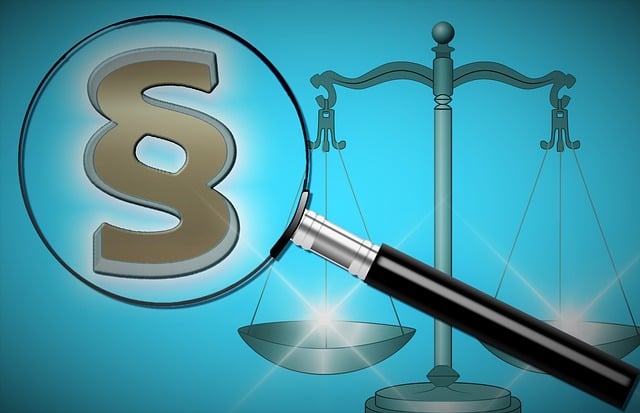Select Emissions Regulations guide industry standards for cleaner technologies, tracking pollutants like NOx, CO2, and particulate matter. Real-time data visualization and analytics are key for compliance with regulations like those for electricity generation. Leading businesses adopt advanced monitoring tools to reduce carbon footprints and improve air quality, learning from case studies on biomass energy emission concerns.
In today’s eco-conscious world, understanding and adhering to emissions regulations is paramount for industries globally. This article delves into a comprehensive comparison of emissions monitoring tools, offering a detailed look at how organizations can navigate the complex landscape of environmental standards. We explore ‘Select Emissions Regulations’ from around the globe and present case studies showcasing best practices in implementing effective monitoring solutions. By the end, readers will be equipped with insights to make informed choices for their operations.
- Understanding Emissions Regulations: A Global Perspective
- Comparing Monitoring Tools: Features and Functionality
- Implementing Effective Solutions: Case Studies and Best Practices
Understanding Emissions Regulations: A Global Perspective

Emissions regulations are a global response to the urgent need to combat climate change and its detrimental effects on our planet. Understanding these select regulations is key when comparing monitoring tools, as they dictate the standards and goals that industries must strive to meet. From the strictest emissions standards globally to regional variations, each jurisdiction has its own set of rules aimed at reducing pollution and mitigating environmental impact.
For instance, many countries are implementing greenhouse gas emission caps for factories, particularly in the energy-intensive sectors. Similarly, electricity generation emissions are under intense scrutiny, driving the development of cleaner technologies and efficient practices. These global efforts reflect a growing awareness of the interconnectedness of environmental issues and the need for uniform standards to ensure sustainable progress.
Comparing Monitoring Tools: Features and Functionality

When comparing emissions monitoring tools, it’s crucial to assess their features and functionality in relation to specific emission standards and Select Emissions Regulations. Each tool differs in its capabilities for tracking and reporting various pollutants, such as NOx, CO2, and particulate matter, within set limits. Some platforms offer real-time data visualization and advanced analytics, which are essential for making informed decisions and ensuring emissions compliance laws.
The choice of a monitoring solution should consider the industry sector, type of operations, and relevant biodegradable material regulations. For instance, tools designed for electricity generation emissions focus on tracking energy-related pollutants while adhering to evolving environmental standards. By evaluating these factors, businesses can select the most suitable technology to maintain compliance with emissions compliance laws and contribute to a more sustainable future.
Implementing Effective Solutions: Case Studies and Best Practices

Implementing effective emissions monitoring solutions is crucial for businesses and industries looking to stay compliant with stringent select emissions regulations. Case studies from leading companies demonstrate that adopting cutting-edge technologies can significantly reduce their carbon footprint. For instance, some manufacturers have successfully employed real-time monitoring systems to track and control volatile organic compounds (VOCs) in their production processes, leading to notable improvements in air quality.
These best practices extend beyond air pollution control measures; they also encompass innovative approaches like biofuel emission benefits and landfill gas capture regulations. Companies that integrate biomass energy into their operations must carefully manage emissions associated with this renewable source. By learning from these case studies, industries can explore strategies to mitigate biomass energy emission concerns, such as water pollution control measures, ensuring they contribute to a sustainable future while adhering to environmental standards.
In conclusion, understanding global emissions regulations through tools like Select Emissions Regulations is a pivotal step towards sustainable practices. Comparing monitoring tools based on features and functionality equips businesses with the right solutions for effective implementation. The case studies and best practices highlighted in this article underscore the importance of tailored strategies, demonstrating that significant environmental improvements are achievable with the right tools and approaches. By leveraging these insights, organizations can navigate the complexities of emissions monitoring and contribute to a cleaner, more sustainable future.
